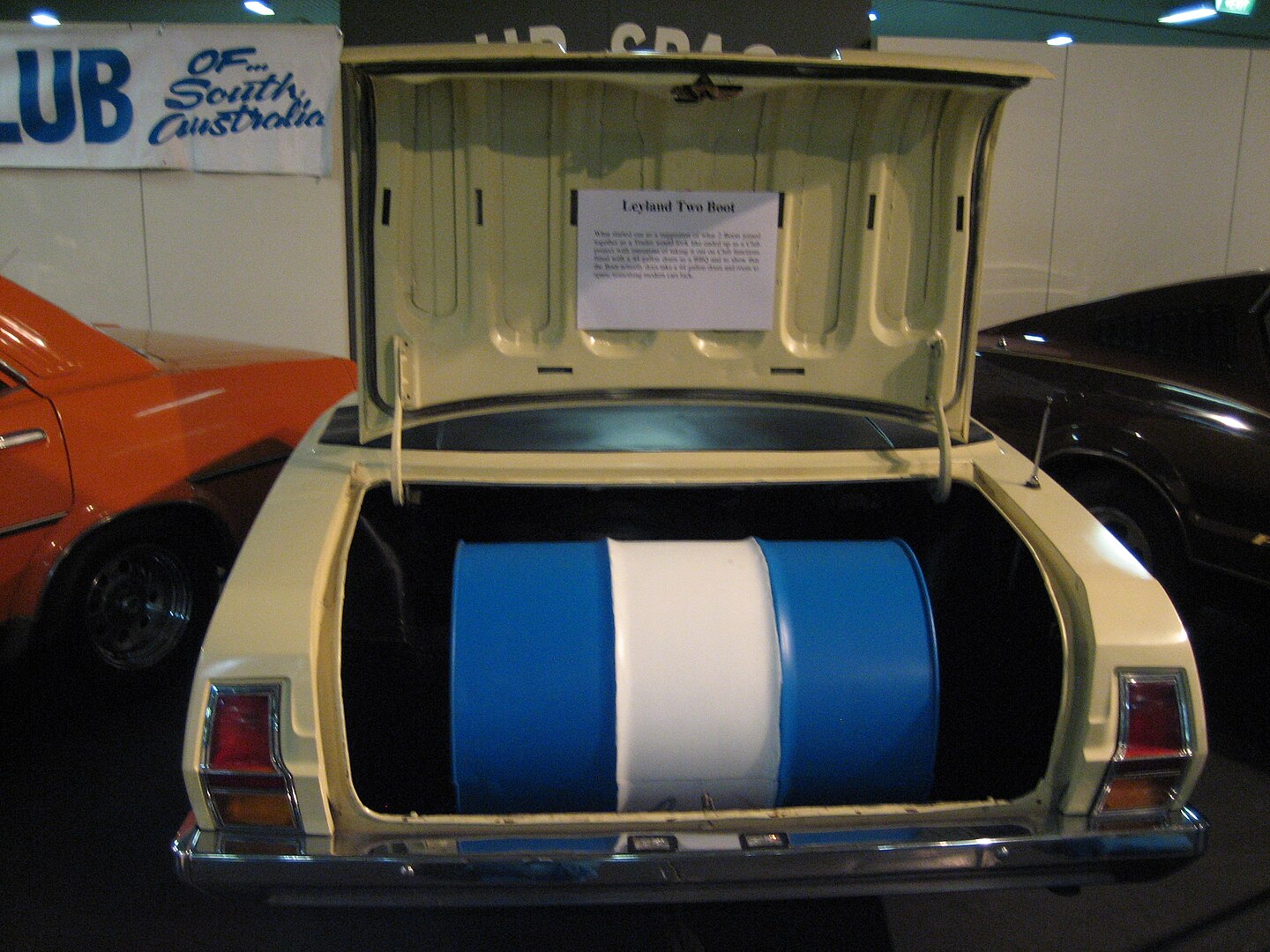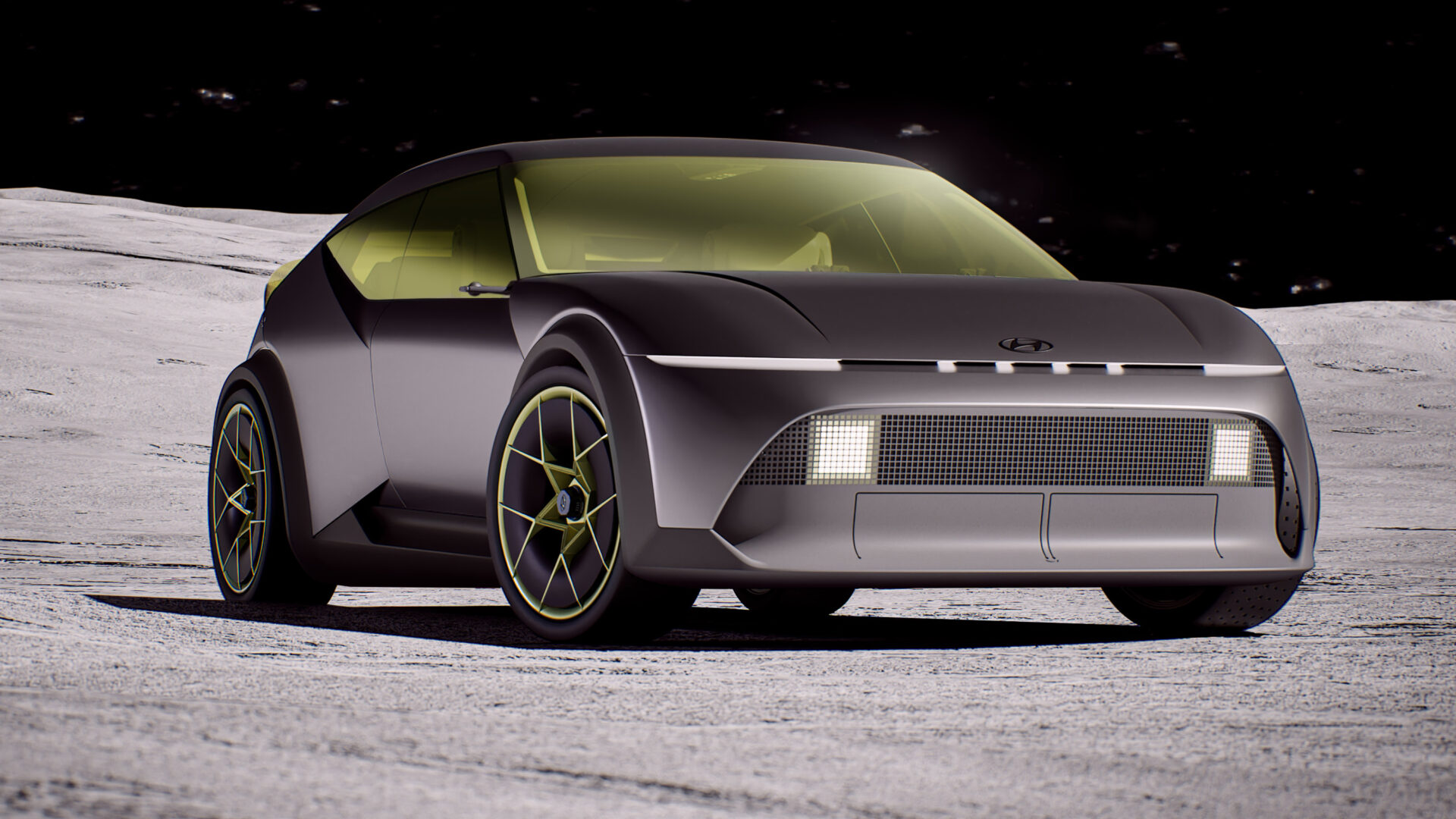Six generations in and the 911 range got bigger and deeper. With variants galore to suit all tastes, from a sweet entry-level Carrera 2 to fire-breathing GT2 RS.

The 997 arrived in a blaze. In 2004, Porsche was riding pretty high, backed by its ever-closer relationship with the Volkswagen Group. The aggro over the move away from water-cooling had long since been silenced and Porsche’s designers produced a cleaner, prettier car than the 996.
A new approach to both ends of the car – while maintaining the instantly recognisable profile – created a much less blobby and more resolved look. The car rew again by 44mm, which is a fair bit on a car that size and the rear end came in a whopping 88mm wider.
Most notable was the exit of the smashed crab headlights, replaced with oval units set at a steeper angle so the car didn’t look like it was a limbo champion in the making all the time.
Over the 997’s lifetime, you could choose from 24 different variants on the theme, with a 2008 facelift to the engines thrown into the mix. As the market demanded more, Porsche offered more and made money like it was going out of fashion.
Which it did with the Global Financial Crisis that could have killed the sports car maker had the Cayenne SUV not been there printing cash.
Flat-sixes everywhere
The evergreen threat of the 911 dropping to four-cylinders reared its head but didn’t eventuate. Out of the blocks, you could have a 911 with a 240kW (325PS)/370Nm 3.6-litre. For the S, the engineers bored the cylinders out a bit for 3.8-litres, producing 265kW (360PS) and 400Nm.
The 3.8 also had the X51 power kit option, which boosted grunt to 280kW (381PS) and 405Nm.
The Turbo dropped back to 3.6-litres and ripped out 305kW (415PS) and 620Nm. An overboost function slung you an extra 60Nm on full throttle for a short time for a whopping 680Nm. The Turbo was the first production car engine to feature variable vane geometry.
The Phase 2 came in 2008, bringing more power and more general equipment like bi-xenon headlights.
The dry-sumped 3.6 went up to 254 kW (345 PS) while the 3.8 in the S rose to 283 kW (385 PS). The Turbo came a little later but it was worth the wait, with the now-3.8-litre twin-turbo knocking out a nice round 500 PS or 368kW. A Turbo S would arrive late in the 997 cycle, with 390kW (530 PS) and 700Nm.
The Turbo S also introduced everyone to the idea of a seven-speed PDK (Porsche Doppelkupplung) twin-clutch, replacing the five-speed auto from 2009.
Versions, versions everywhere




You could have a Carrera, Cabriolet, Targa (2006 onwards) or Speedster (2011) and you could have “basic”, S or Turbo in most of them. You could also have Carrera 2, Carrera S, Carrera 4 and Carrera 4S. The Turbo was, of course, all-wheel drive.
In early 2011, the GTS arrived to plug the small gap in the range, with a wider body and rear-wheel drive. The 3.6-litre served up 304 kW (413PS). The Carrera 4 GTS went on sale a few months later.
The GT3 and GT3 returned as well. The GT3’s engine was turned up 305kW (415PS) while the GT2’s turbo unit made 390kW 530PS. The Phase II versions ripped out 320 kW (435PS) and the GT2 RS 456 kW (620 PS).

Phase II also saw the introduction of the GT3 RS 331 kW (450 PS) and the GT2 RS had a whopping 456kW (620 PS).
Then there was the nutcase GT3 RS 4.0. That thing spun up 368 kW (500PS) at a spectacular 8500rpm from the naturally-aspirated 4.0-litre engine. Along with that wild engine and bits of racing cars in the engine and aero, the RS 4.0 weighed 1370kg. It was damn fast and the last hurrah for the 997. A fully-laden Turbo was nearly 200kg heavier.




Leave a Reply